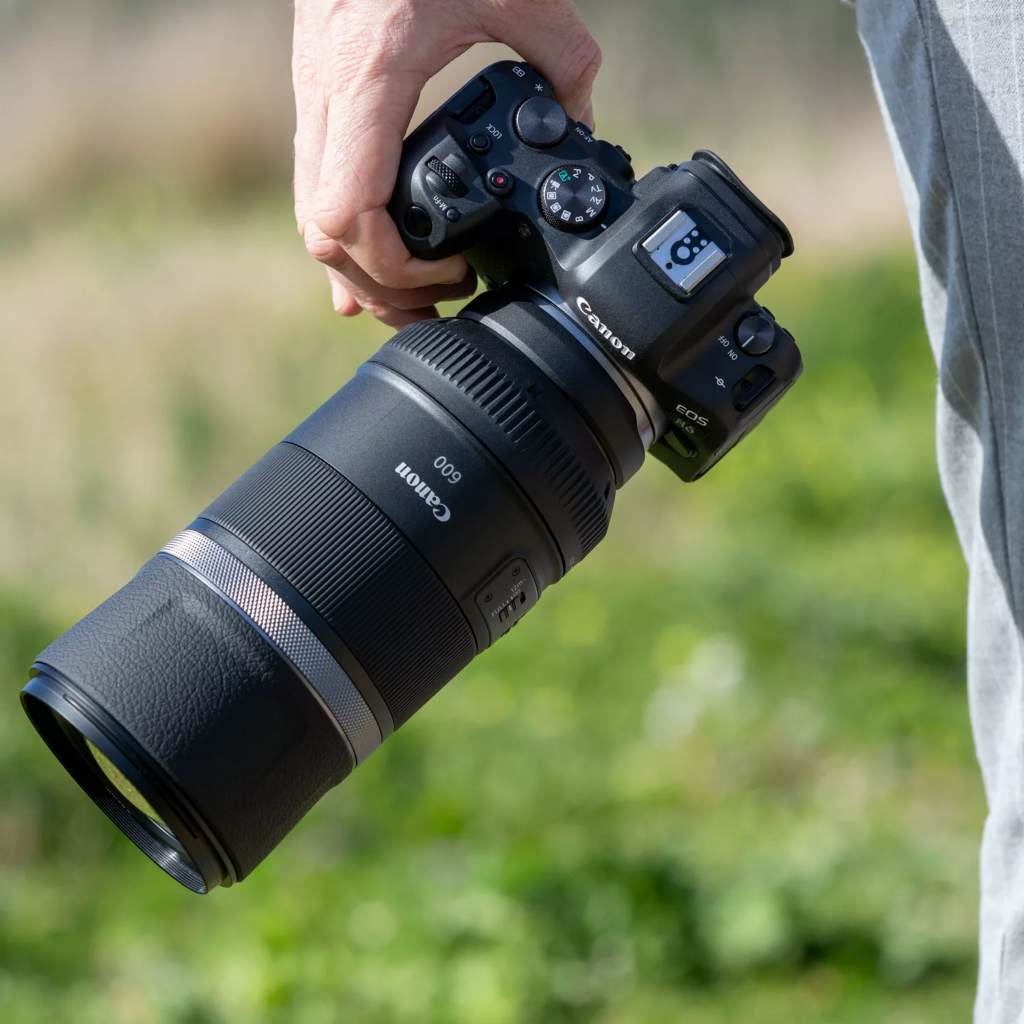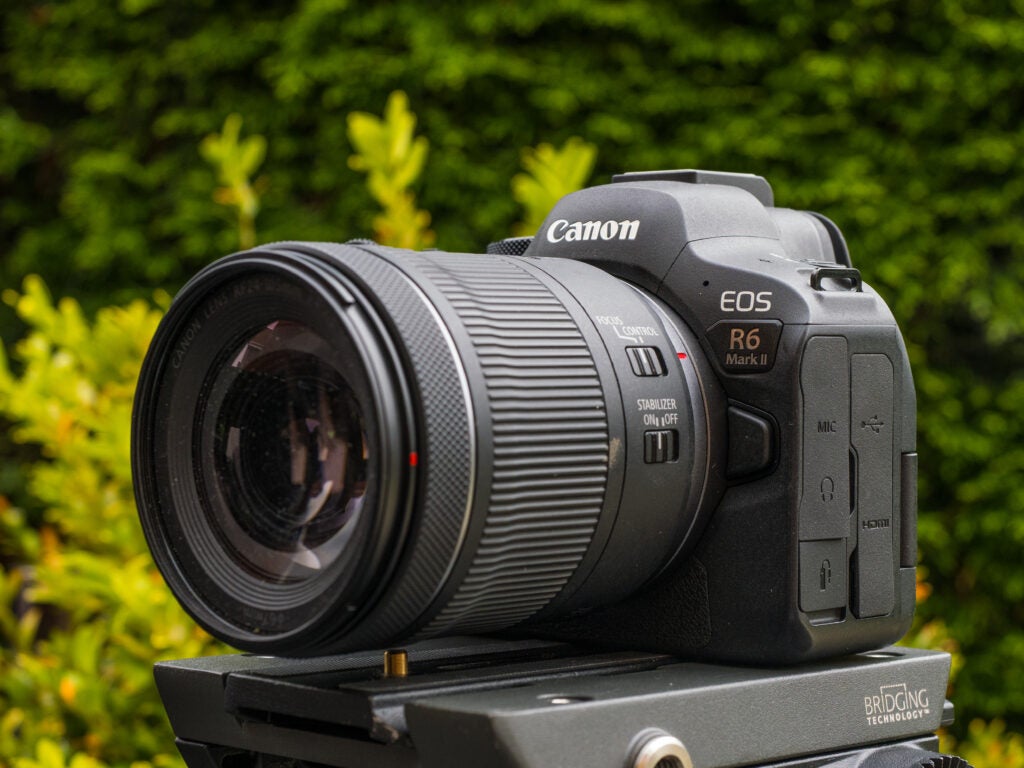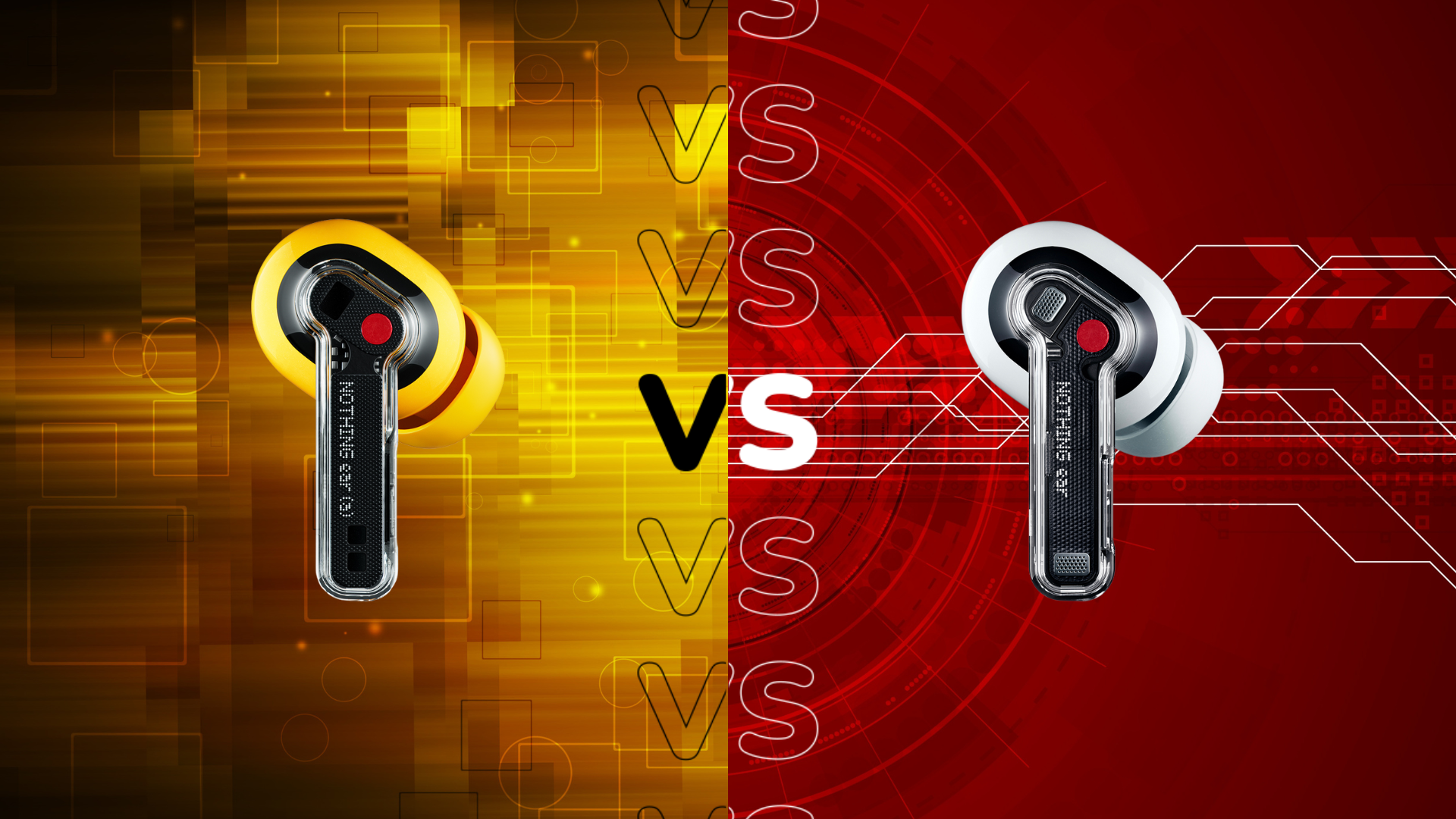Canon EOS R6 vs R6 Mark II: What’s changed?

Last November, Canon announced an update to its EOS R6 mirrorless camera with the EOS R6 Mark II.
The R6 Mark II is packed with small but great updates that make the camera one of the most all-round full-frame models we’ve reviewed in recent years (though perhaps not enough to warrant an upgrade for those already shooting with the original R6). However, that doesn’t mean it isn’t a worthy upgrade for anyone looking to transition from an older or lower-spec camera.
Keep reading to discover all the key differences between the Canon EOS R6 and the R6 Mark II.
The R6 Mark II captures higher-res stills
Both the Canon EOS R6 and the R6 Mark II include powerful full-frame CMOS sensors, but the R6 Mark II has been given an upgrade when it comes to resolution.
The EOS R6 has a 20.1-megapixel sensor, whereas the R6 Mark II benefits from 24.2-megapixels.
When it comes to video, both cameras are capable of capturing 4K footage at up to 60fps. However, the R6 Mark II can also record 6K ProRes RAW videos externally.

The R6 Mark II has more AF features
The Canon EOS R6 Mark II features the same Dual Pixel CMOS AF II autofocus system as the EOS R6, as well as the same 1053 AF areas. However, the R6 Mark II also has a few additional tricks up its sleeve.
For starters, the AF on the Mark II is 80% faster than that on the original EOS R6.
Not only this, but the camera is also capable of tracking more subjects than before including people, cats, dogs, horses, birds, cars, motorbikes, trains and aircraft (its predecessor could track people, cats, dogs, birds, cars and motorbikes).
The R6 Mark II has a faster burst mode
It isn’t just the AF that’s faster on the R6 Mark II – the camera also has a speedier burst mode.
The R6 Mark II has a continuous shooting mode that can hit 40fps using the electronic shutter. This is twice as fast as the EOS R6’s 20fps electronic shutter, making the newer camera better suited to shooting fast-moving subjects or scenes in which you don’t want to risk missing any of the action.
Both cameras support 12fps shooting using their respective mechanical shutters.

The R6 Mark II has a longer battery life
The EOS R6 Mark II also benefits from a longer battery life than its predecessor, despite its more advanced specs.
The R6 Mark II is capable of snapping up to 760 stills in its LCD power-saving mode or 450 shots in its EVF power-saving mode. The camera can also record up to 6 hours of video footage in one go.
The EOS R6, meanwhile, is limited to 510 stills in its LCD power-saving mode or 380 in its EVF power-saving mode. The maximum movie length is also significantly shorter at just 29 minutes and 59 seconds.
The original R6 is cheaper
Despite the above differences, the EOS R6 is still a capable camera that shares many of the same specs as its successor.
On top of this, the original R6 is now quite a bit cheaper, meaning that those on a budget might still prefer to opt for the older camera despite the upgrades that arrived on the R6 Mark II.
The R6 Mark II launched in November 2022 at a price of $2499/£2779.99. The EOS R6, meanwhile, currently costs $500/£630 less at $1999/£2149.99, though we’ve spotted the 2020 camera listed for much lower through third-party retailers, both first and secondhand.








